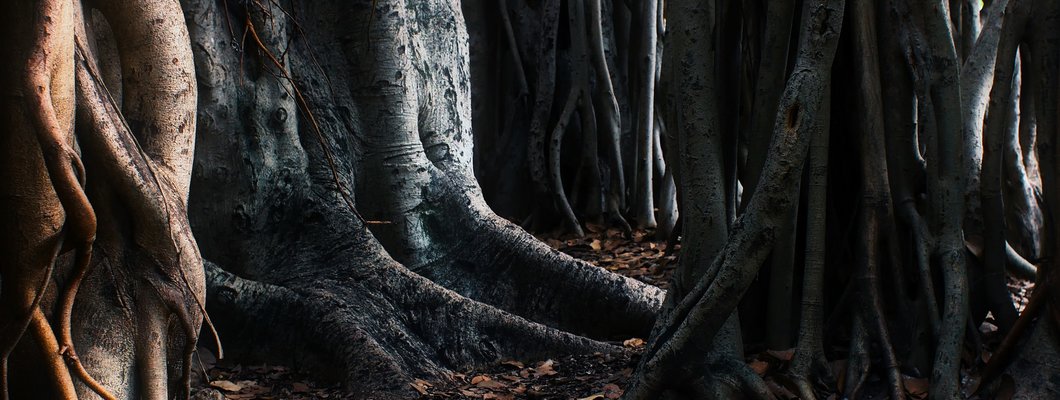
In the end of November of last year I planted seventy small beeches in two straight rows of 25 metres in front of our house, which will hopefully grow in to a beautiful hedge. The wooden fence that stood between our house and the public road had already been up for replacement for several years. I had done some repairs to the white pickets over the years, but now they were completely rotting away below ground level. I had placed the fence in 1997. That year we moved from the city to a country house. The fence withstood rain, wind, and sun for almost 20 years. Quite a long time, but I wasn’t looking forward to replacing it and panting two hundred wooden bars again.
The beauty of a living hedge is that it renews itself. It changes its colour to beautiful browns in the autumn, replacing old leaves with fresh green in the spring, never needs painting and probably lives for a hundred years or more. On the downside, there’s the cutting, but with an electrical hedge trimmer, this is relatively speaking a piece of cake. I bought our new beeches at a tree nursery in our neighbourhood, the Visser brothers, who sell about 15.000 beeches (Fagus Sylvatica) each year, which constitutes about 5 kilometres of hedge. At the checkout the grower asked me if I needed a bag of soil enriched with Myccorhiza fungus. He explained that beeches live in symbiosis with this fungus and that they have a better start in life, when these are added to the plant hole. In my case a bag of 20 litres for 10 Euro would be sufficient. It seemed to me to be responsible investment, because it prevents plant failure and provides better growing conditions. I didn’t know that bio-augmentation, another term for adding cultivated fungi or bacteria to enhance or speed up processes, (as we use in soil remediation to start up the break down of chlorinated hydrocarbons) was a common practise amongst growers. Clearly the high stack of bags with Myccorhiza fungi, ready to be sold, showed that there’s a flourishing market for these products.
Fungi are very important for soil life. Myccorhiza fungi live in close cooperation with trees and plants. The fungus makes nutrients and minerals available in the soil, ready to use by trees and plants. In return the fungus gets sugars made by the trees, which the fungus itself is not able to produce. In so doing they help each other. Soil fungi are capable of bridging large distances with their fine network of fungal threads. In 2005, in the state of Ohio (USA), a soil fungus was discovered with a mycelium that covered an area of nine square kilometres. Based on DNA data it was found to be one, 2400 years of age, big super organism with a total weight of a dozen of tons. Even more special is the fact that plants and trees are connected over large distances through these fungal threads. Not only to exchange nutrients, but also to exchange signals. When trees undergo stress caused by plagues or drought, or because researchers cut their leaves for an experiment, they can send a message through their network. They warn trees of the same species in the area to take measurements like producing chemical defences. It’s save to say that local Internet is much older than we thought. If only the providers in the rural area that I live in were that good, I would probably have a much faster Internet connection.
Sytze Keuning (keuning@bioclearearth.nl)
Published in the journal Bodem.